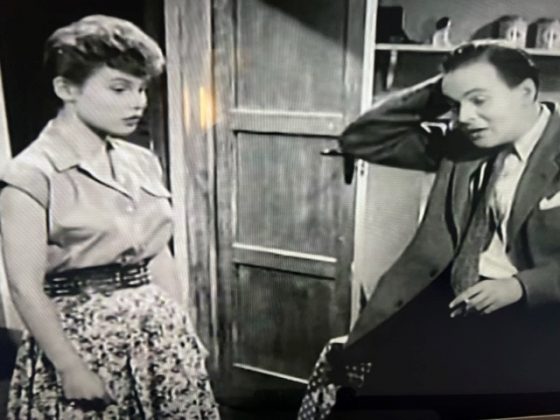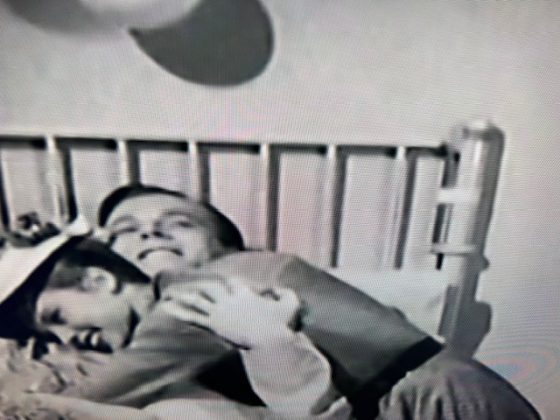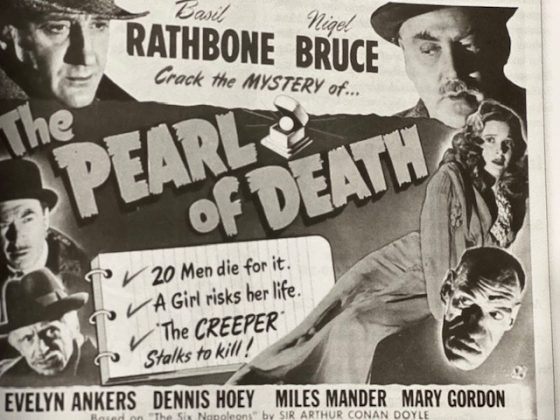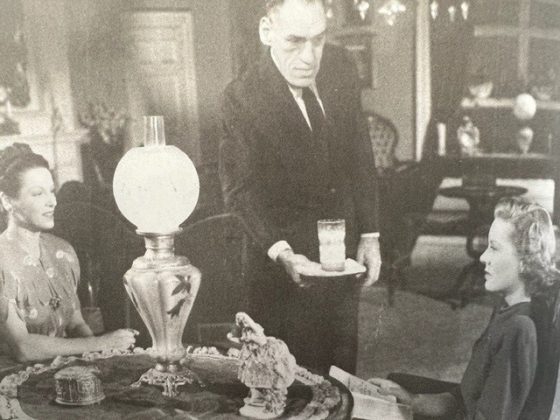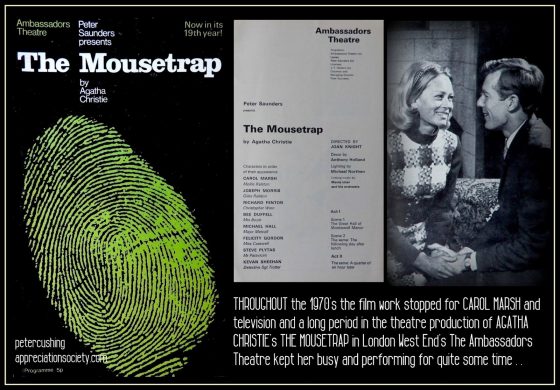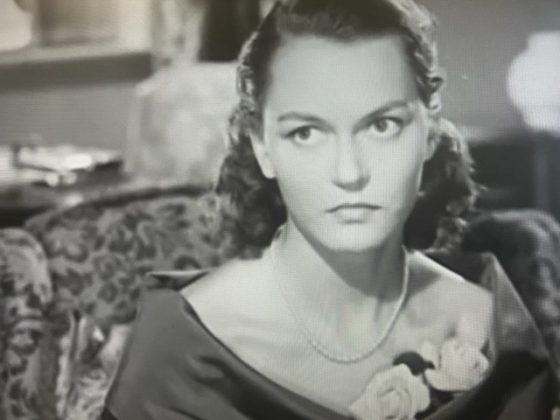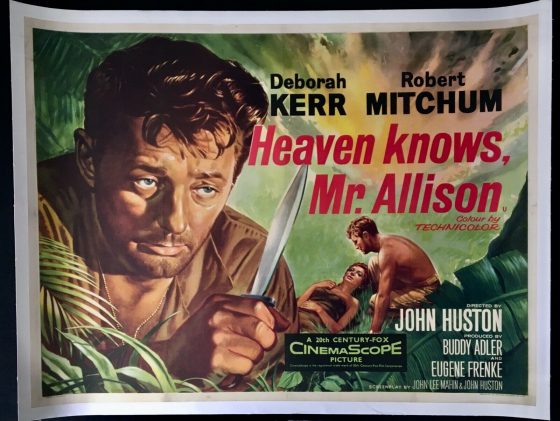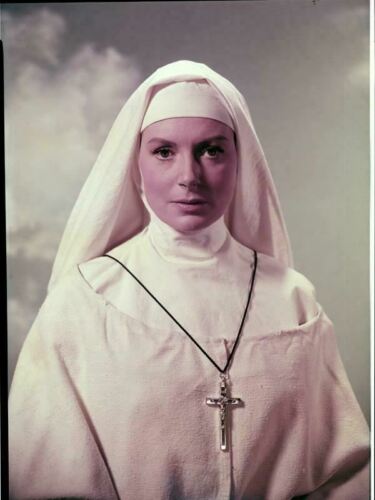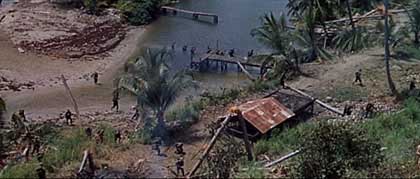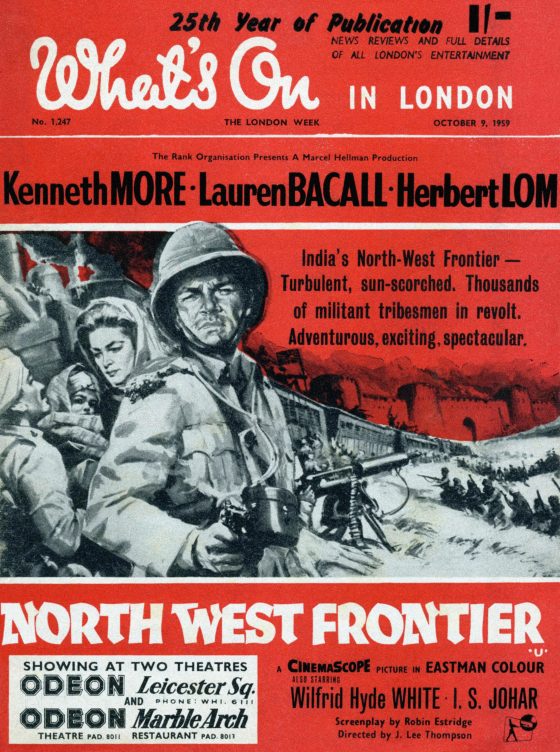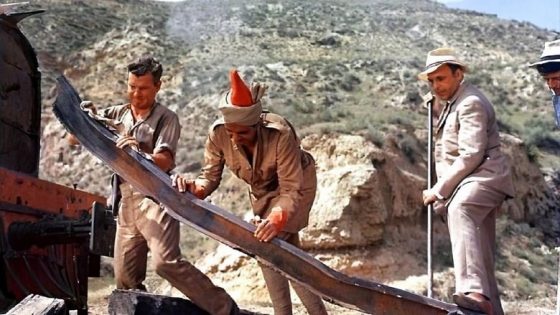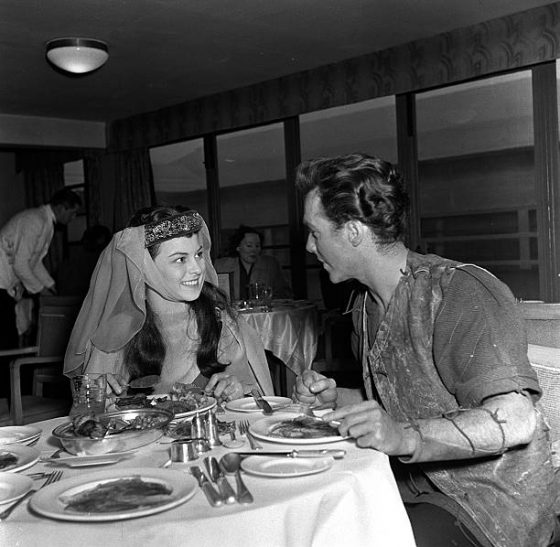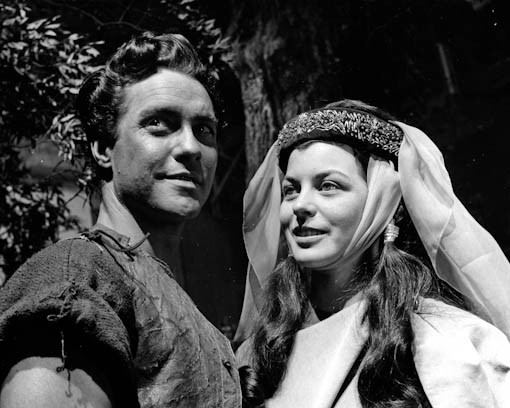We are now going back to the very early fifties – At that time a visit to the Cinema was a big event and when the Cinema came to your village What a thrill that would be. I can confirm that because in the Village where I live in the mid 50;s we had a ‘once a week’ professional film show with a full programme including Newsreel, Advertisements, Supporting Picture and the ‘big’ film.
However I have come across this article that centres on two brothers who, after the War, purchased equipment and set up a travelling cinema – this is the one at Little Shelford Nr Cambridge.
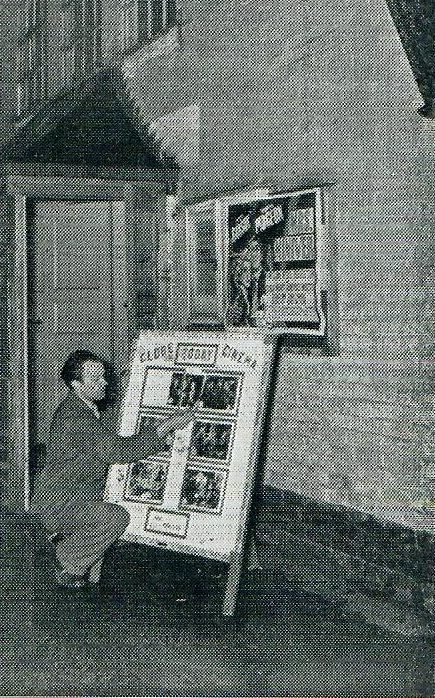
ABOVE – Russell Oddy is setting up the ‘film stills’ board outside of the entrance. This evening the ‘big’ picture will be ‘Mrs Miniver’ plus supporting programme
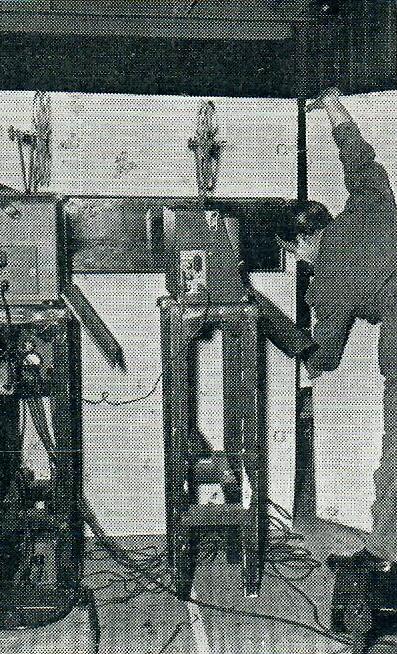
Russell hen went inside to set up the projection room and make sure that all was ok there/
The projection room was made in such a way as to eliminate the projector noise from the main hall
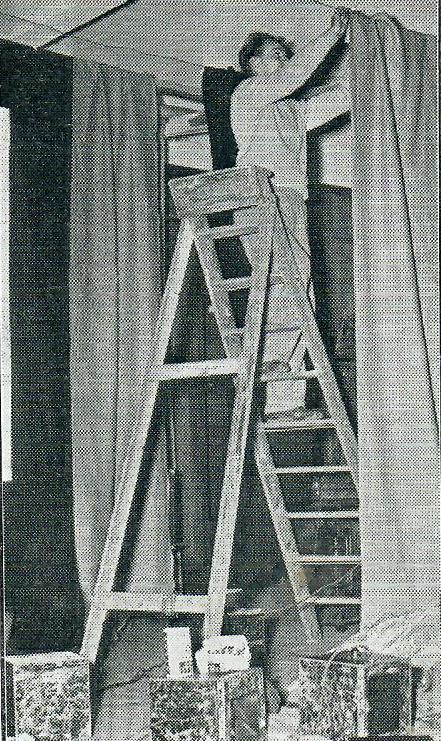
Russell Oddy was born in 1916 and at the age of 11 he had his own hand-cranked projector and held little shows in his father’s woodshed

ABOVE Russel’s brother Douglas was busy at the other end of the hall setting up the screen and the curtains that he made to open and shut professionally when the film programme was about to start

Outside a large crowd gathered – the Hall is next to the local Pub ‘The Chequers’ and the Pub Landlord Mr Beebe is very supportive of the venture – in fact his wife had attended and enjoyed the first house showing
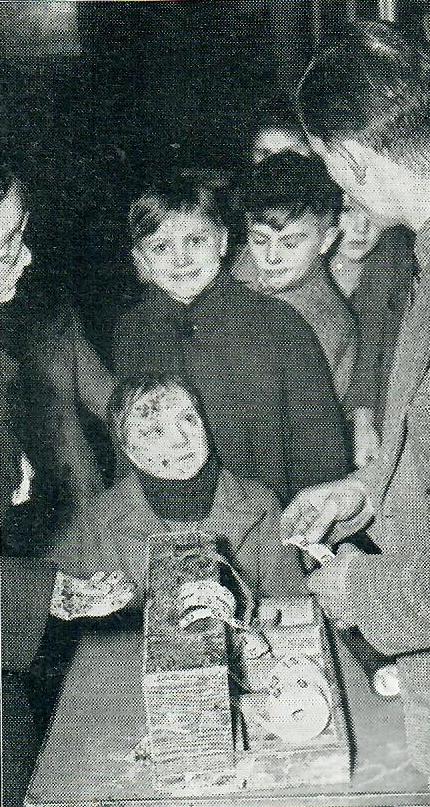
ABOVE – Tickets Please !!

The audience were all given a brochure / programme on the film
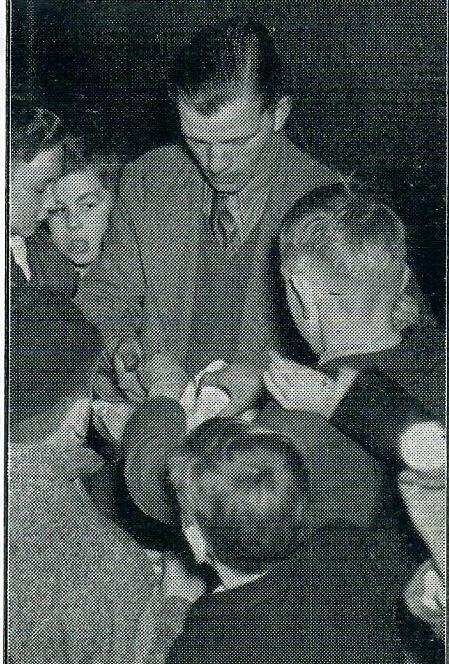
ABOVE: Ice Cream is served just before the main feature

ABOVE – The queue for the ‘second house’ in the cold and rain – the rain later turned to snow
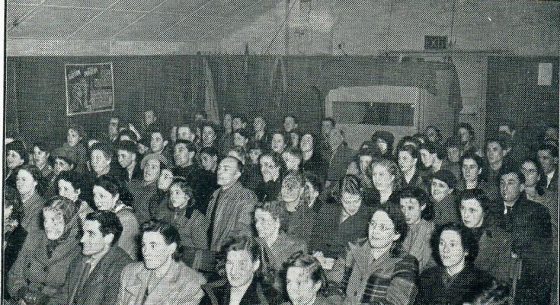
ABOVE – The second house audience is seated and ready. Just a view also at the back of the Hall of the small box like projection room which was soundproofed. Also a Poster for ‘Mrs Miniver’ on the side wall of the Hall
Much of the material above was taken from a magazine article dated March 1950 – so the pictures would have been taken just before then – maybe January or February 1950 – or even March 1950
A footnote about Russell an d Douglas Oddy
Russell had been in the forces during the War in the RAF on flying duties uin the Middle East. Later after being grounded, he worked in the Entertainments branch and after a while he was put in charge of setting up and running an open air cinema in the desert. This gave Russell the insight and interest in 16 mm films and after the War, with a budget of savings of £ 50 he and his brother Douglas who had been a Prisoner of War and had also some savings teamed up to set up the type of operation there now was at Little Shelford, Nr Cambridge.
Their first venture was at Bourn, Cambridgeshire where the programme was ‘Rainbow on the River’ and ‘Beau Chumps‘
After that the films steadily were more ‘up to date’ and they operated at least at a couple of locations including Little Shelford
I find this a fascinating and inspiring story
